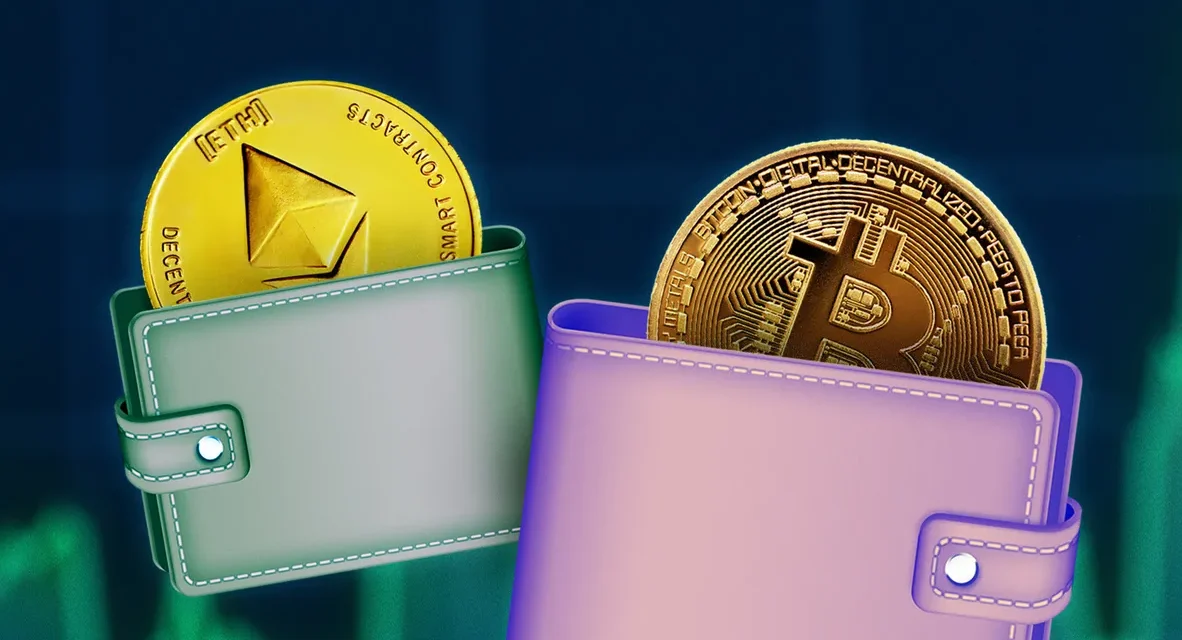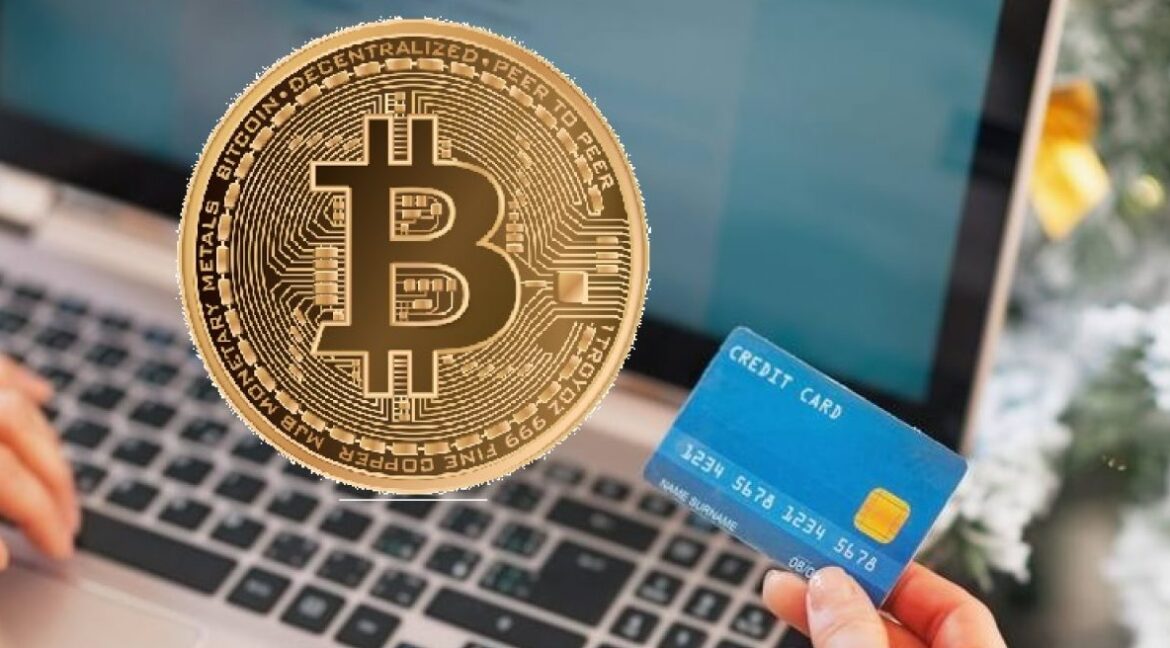The digital revolution has transformed how we think about money, and cryptocurrencies have emerged as a powerful alternative to traditional financial systems. If you’re wondering how to buy cryptocurrency with credit card, you’re not alone. Millions of investors worldwide are seeking convenient ways to enter the crypto market using their existing payment methods. Purchasing cryptocurrency with a credit card offers immediate access to digital assets without the lengthy bank transfer waiting periods. This comprehensive guide will walk you through every step of the process, from choosing the right platform to securing your investment. Whether you’re a complete beginner or looking to streamline your crypto purchasing process, understanding how to safely and efficiently buy cryptocurrency with credit card can open doors to potentially lucrative investment opportunities.
Why Choose Credit Cards for Cryptocurrency Purchases?
Credit card purchases have become increasingly popular among crypto enthusiasts for several compelling reasons. The primary advantage is instant processing – unlike bank transfers that can take 3-5 business days, credit card transactions are typically processed within minutes. This speed is crucial in the volatile cryptocurrency market where prices can fluctuate dramatically within hours. Additionally, most major credit cards offer fraud protection and dispute resolution services. If something goes wrong with your transaction, you have recourse through your credit card company’s chargeback system. This added security layer provides peace of mind, especially for newcomers who might be concerned about the legitimacy of cryptocurrency exchanges.
Credit cards also offer convenience and accessibility. Most people already have credit cards, making it unnecessary to set up new banking relationships or payment methods. The familiar checkout process reduces barriers to entry, allowing you to focus on learning about cryptocurrencies rather than navigating complex payment systems. However, it’s important to note that credit card purchases typically come with higher fees compared to bank transfers. Most exchanges charge between 3-5% for credit card transactions, plus any fees your credit card company might impose for cash advances or foreign transactions.
Best Platforms to Buy Cryptocurrency with Credit Card
Coinbase: The Beginner-Friendly Option
Coinbase stands out as one of the most user-friendly platforms for purchasing cryptocurrency with credit cards. The platform supports major credit and debit cards from Visa and Mastercard, making it accessible to a broad audience. Coinbase charges a 3.99% fee for credit card purchases, which is competitive within the industry.
The platform’s interface is intuitive, featuring clear buying options and educational resources for newcomers. Coinbase also maintains strong regulatory compliance, being registered as a money services business in the United States and adhering to strict security protocols. The exchange supports over 100 cryptocurrencies, including Bitcoin, Ethereum, and numerous altcoins. One significant advantage of Coinbase is its insurance policy, which covers digital assets stored on the platform. While this doesn’t protect against market volatility, it does provide security against potential hacking incidents.
Binance: Advanced Features and Lower Fees
Binance, one of the world’s largest cryptocurrency exchanges, offers robust credit card purchasing options with competitive fees. The platform charges approximately 2% for credit card transactions, significantly lower than many competitors. Binance supports cards from major providers including Visa, Mastercard, and some regional options.
The exchange provides access to hundreds of cryptocurrencies, making it ideal for investors looking to diversify beyond mainstream options like Bitcoin and Ethereum. Binance also offers advanced trading features, staking options, and various financial products for more experienced users. However, Binance’s interface can be overwhelming for beginners due to its extensive feature set. New users might benefit from starting with the “Lite” version before graduating to the full platform.
Kraken: Security-Focused Platform
Kraken has built a reputation as one of the most secure cryptocurrency exchanges in the industry. The platform accepts credit card purchases through its partnership with various payment processors, though fees can vary depending on your location and chosen payment method.
What sets Kraken apart is its commitment to security and regulatory compliance. The exchange has never been hacked in its operational history and maintains rigorous security protocols. Kraken also provides detailed transaction records and tax reporting tools, making it easier to manage your cryptocurrency investments for tax purposes. The platform supports a wide range of cryptocurrencies and offers both spot trading and advanced features like margin trading and futures contracts for qualified users.
Step-by-Step Guide: How to Buy Cryptocurrency with Credit Card

Step 1: Choose Your Exchange Platform
Before making any purchases, research and select a reputable cryptocurrency exchange that accepts credit cards. Consider factors such as supported cryptocurrencies, fees, security measures, and user reviews. Ensure the platform operates legally in your jurisdiction and maintains proper regulatory compliance.
Step 2: Create and Verify Your Account
Sign up for an account on your chosen exchange platform. You’ll need to provide basic personal information including your name, email address, and phone number. Most reputable exchanges require identity verification (KYC – Know Your Customer) processes, which may include uploading government-issued identification and proof of address.
The verification process can take anywhere from a few minutes to several days, depending on the platform and current verification volume. Complete this step before you’re ready to buy, as it’s often required before making credit card purchases.
Step 3: Add Your Credit Card Information
Navigate to the payment methods section of your account and add your credit card details. Ensure you use a card that allows cryptocurrency purchases, as some banks have restrictions on crypto-related transactions. You may need to contact your credit card company to inform them of potential crypto purchases to avoid declined transactions.
Step 4: Select Your Cryptocurrency
Choose which cryptocurrency you want to purchase. Bitcoin and Ethereum are popular starting points for beginners due to their established track records and widespread acceptance. Consider researching the fundamentals of your chosen cryptocurrency before investing.
Step 5: Execute Your Purchase
Enter the amount you wish to purchase, review the fees and exchange rate, and confirm your transaction. Double-check all details before finalizing the purchase, as cryptocurrency transactions are typically irreversible.
Step 6: Secure Your Investment
After completing your purchase, consider transferring your cryptocurrency to a secure wallet. While keeping funds on exchanges is convenient for trading, personal wallets provide enhanced security and control over your assets.
Understanding Fees and Costs
Exchange Fees
Credit card purchases typically incur higher fees compared to bank transfers or other payment methods. Exchange fees for credit card transactions usually range from 2% to 5% of the transaction amount. These fees cover the cost of payment processing and the additional risk associated with credit card chargebacks.
Credit Card Company Fees
Your credit card company may impose additional charges for cryptocurrency purchases. Some banks classify crypto purchases as cash advances, which can trigger higher interest rates and additional fees. Contact your credit card provider to understand their specific policies regarding cryptocurrency transactions.
Hidden Costs to Consider
Beyond obvious fees, be aware of potential hidden costs such as foreign transaction fees if the exchange operates internationally, spread costs (the difference between buy and sell prices), and potential interest charges if you don’t pay off your credit card balance immediately.
Security Best Practices
Secure Your Account
Enable two-factor authentication (2FA) on your exchange account using an authenticator app rather than SMS when possible. Use a unique, strong password that you don’t use for other accounts. Consider using a password manager to generate and store secure passwords.
Protect Your Payment Information
Only use trusted networks when making cryptocurrency purchases. Avoid public Wi-Fi for financial transactions, and ensure you’re accessing the legitimate exchange website by checking the URL carefully. Be wary of phishing attempts and fake exchange websites.
Wallet Security
If you plan to hold cryptocurrency long-term, consider transferring your assets to a hardware wallet or secure software wallet. These provide better security than keeping large amounts on exchanges, which can be targets for hackers.
Common Mistakes to Avoid
Purchasing Without Research

Many newcomers make the mistake of buying cryptocurrency without understanding what they’re investing in. Take time to research the cryptocurrency you’re considering, understand its use case, and be aware of the risks involved.
Ignoring Fees
High fees can significantly impact your returns, especially for smaller purchases. Calculate the total cost including all fees before making a purchase, and consider whether the convenience of credit card payments justifies the additional expense.
Not Securing Assets
Leaving large amounts of cryptocurrency on exchanges long-term increases your risk exposure. While convenient for trading, exchanges are more vulnerable to hacking than personal wallets.
Emotional Decision Making
Cryptocurrency markets are highly volatile. Avoid making impulsive purchases based on fear of missing out (FOMO) or panic selling during market downturns. Develop a clear investment strategy and stick to it.
Legal and Tax Considerations
Regulatory Compliance
Cryptocurrency regulations vary by country and are constantly evolving. Ensure you understand the legal status of cryptocurrency in your jurisdiction and comply with all applicable laws. Some countries have restrictions or outright bans on cryptocurrency activities.
Tax Implications
In many jurisdictions, cryptocurrency purchases and sales are taxable events. Keep detailed records of all transactions, including purchase dates, amounts, and prices paid. This information will be crucial for accurate tax reporting. Consider consulting with a tax professional who understands cryptocurrency regulations in your area. The complexity of crypto taxation makes professional guidance valuable for most investors.
Alternative Payment Methods
Bank Transfers
While slower than credit cards, bank transfers typically offer lower fees and higher purchase limits. ACH transfers in the United States usually cost less than 1% compared to 3-5% for credit cards.
Debit Cards
Many exchanges accept debit cards with fees similar to credit cards but without the risk of accumulating debt. Debit card purchases are often processed as quickly as credit card transactions.
PayPal and Digital Wallets
Some platforms accept PayPal and other digital payment methods. While convenient, these options may have additional restrictions and fees.
Advanced Strategies
Dollar-Cost Averaging
Instead of making large one-time purchases, consider dollar-cost averaging by making smaller, regular purchases over time. This strategy can help reduce the impact of market volatility on your investment.
Diversification
Don’t put all your money into a single cryptocurrency. Consider diversifying across different types of digital assets to spread risk.
Setting Limits
Establish clear investment limits before you start buying. Decide how much of your portfolio you’re comfortable allocating to cryptocurrency and stick to that percentage.
Future of Credit Card Crypto Purchases
The landscape for purchasing cryptocurrency with credit cards continues to evolve. Major payment processors are becoming more accepting of cryptocurrency transactions, and new technologies are emerging to reduce fees and processing times. Central Bank Digital Currencies (CBDCs) may change how we think about digital payments and cryptocurrency purchases. As these technologies develop, the process of buying cryptocurrency with traditional payment methods may become even more streamlined.
Conclusion
Learning how to buy cryptocurrency with credit card opens up immediate access to the exciting world of digital assets. While credit card purchases come with higher fees than other payment methods, they offer unmatched convenience and speed for investors who want to enter the market quickly. By following the steps outlined in this guide – from choosing a reputable exchange to implementing proper security measures – you can safely and efficiently purchase cryptocurrency using your credit card.
Remember that cryptocurrency investing carries inherent risks, and you should never invest more than you can afford to lose. Start with small amounts while you learn about the market, and gradually increase your investments as you become more comfortable with the technology and market dynamics.



